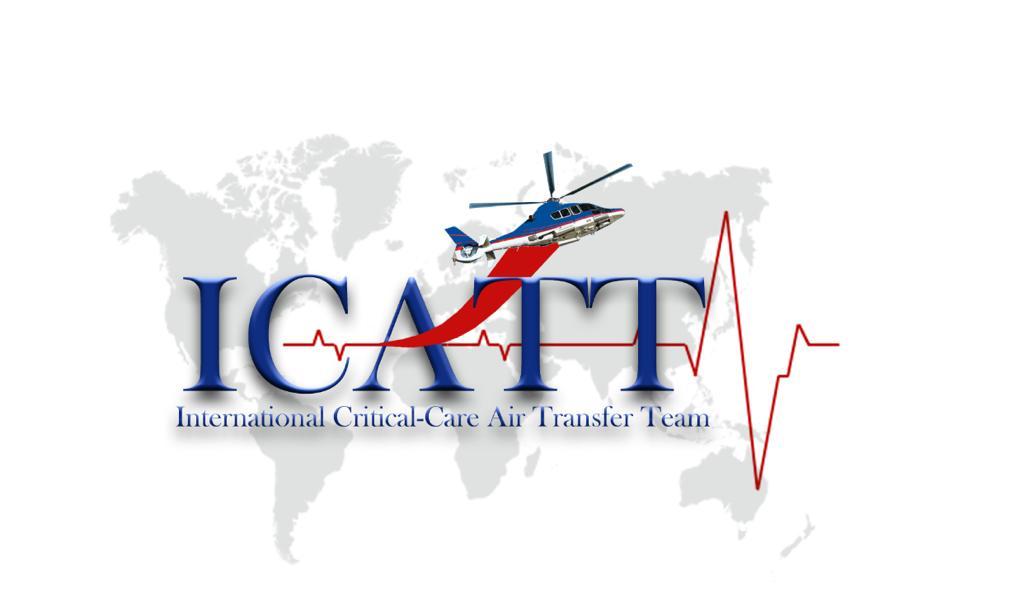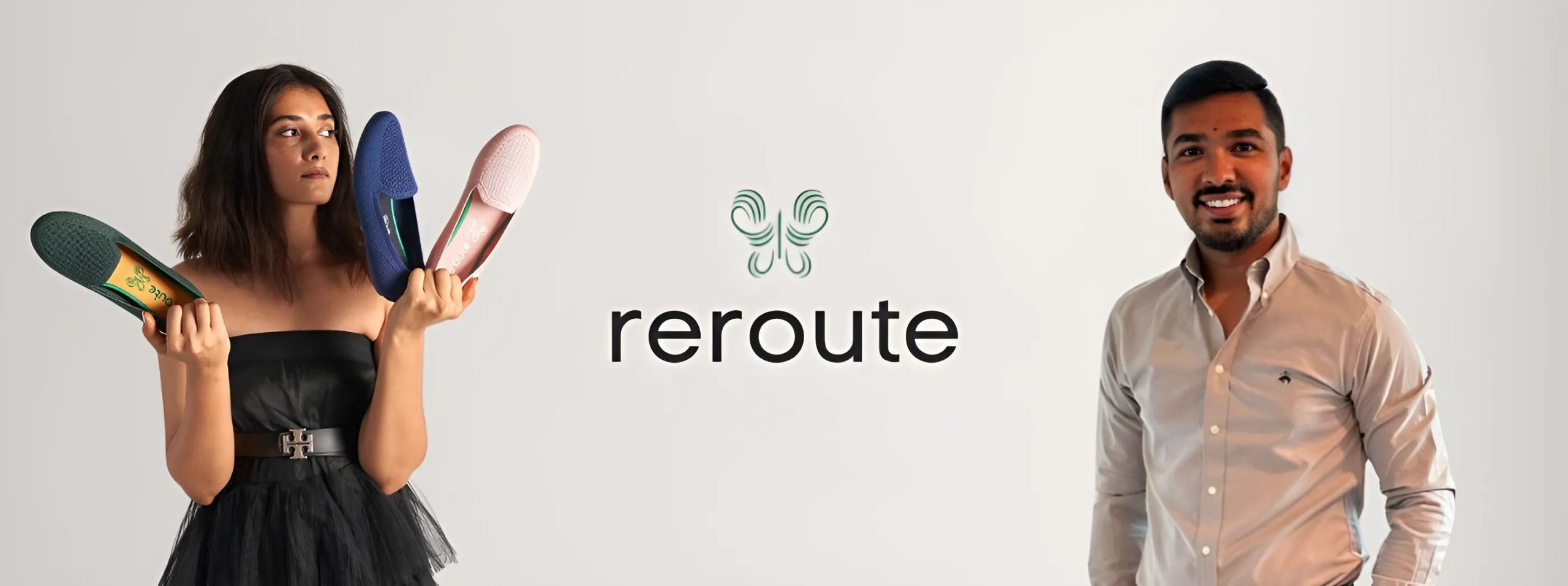(October 9, 2023) Sprinting in neon shoes, India’s Avinash Sable effortlessly crossed the many obstacles on the track to win a gold in the men’s 3000m steeplechase at the Asian Games 2023, making him the first Indian to achieve the feat. Not just this, the Global Indian took top honours with a timing of 8:19:50, thus breaking the Games record. Crossing the finishing line made Indian fans erupt in joy, along with the natives of Beed district where Avinash spent a large part of his life. Known for its landless workers and migrant labourers, life is hard in Beed, and it’s this grim reality that played a catalyst in Avinash’s success. Seeing his parents constantly move for work instilled in him a certain sense of hard work and passion to keep doing whatever it takes to achieve whatever you want. “For me, the background of the athlete is very important. Those who come from humble families, from the villages have faced the worst situations in life, those things made them hardened and battle-ready. They are not afraid of adversity and want to work hard. Sable was special and different from others. He has a will of steel and he can come back from any worse scenario” his former coach Amrish Kumar said in an interview.
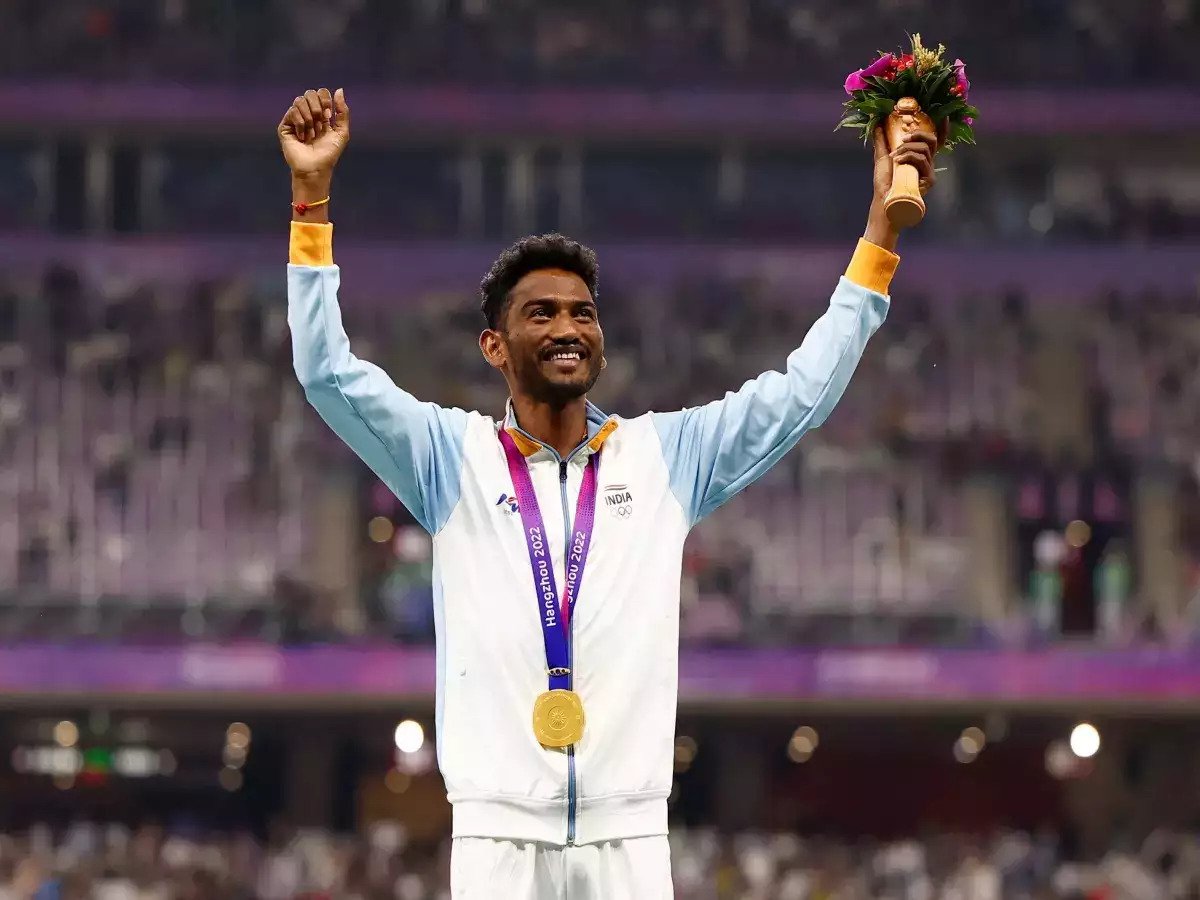
Avinash Sable won a gold at the Asian Games 2023
A few days later, he won a silver in the men’s 5000m, thus picking up his second medal at the Asian Games 2023. Clinching medals for India has become the new normal for Avinash, but not many know that being an athlete was never on his dream list. “When I was a child, I had never thought I would become an athlete and win medals for the country. It’s destiny,” said Avinash.
How hardships prepared him for anything
Born in a farmer’s family in 1994 in the Mandwa village of Beed district in Maharashtra, he grew up with modest means as his parents owned a small piece of land and worked as daily wage workers in brick kilns. With his school almost six km away from his home, Sable would often run to make it to school on time, while helping his parents part-time at brick kilns. His schoolteachers saw the potential in him and encouraged him to participate in a local marathon when he was just nine. He ended up earning the top spot and a cash prize of ₹100. His confidence grew and soon the muddy roads of his village became his training ground.
While he kept training and running marathons, he started working at construction sites to help his family earn some extra income after finishing Class 10. When he enrolled in a local college, the hardships continued to remain. This time he had to run 8 km daily to reach college, and once again, his talent was spotted by a college teacher who played a pivotal role in expanding his horizons by accompanying him to collegiate-level track and field competitions. He was always keen to join the Indian Army and at the age of 18, he was recruited as a part of the 5 Mahar regiment. In the first few years of his service, Avinash survived two extreme weather conditions – one, when he was posted in Siachen, the highest battlefield known for its cold weather, and two, when he faced 50-degree Celsius during his posting in the arid Rajasthan. This made him a tough man who was ready to take on anything that came his way.
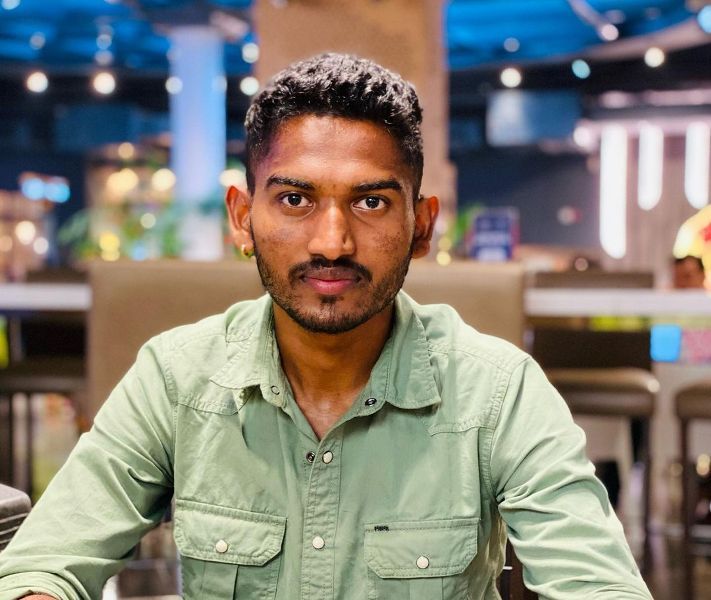
Finding his passion in steeplechase
This attitude led him to the cross-country race in his regiment and soon started participating in competitions and even secured fifth place at the National Cross Country Championship. It was here that he met his coach Kumar, who is also an Indian Army coach mentoring long-distance athletes, who pushed him to become a better athlete. In 2017, on Kumar’s suggestion, Avinash switched from cross country to 3000m steeplechase. In just one year of dedicated focus on steeplechase, Sable achieved a remarkable feat by shattering a national record that had stood for 37 years, accomplishing this in 2018.
The very next year, at the Federation Cup in Patiala, he established a fresh record with a time of 8:28.94. This outstanding performance earned him qualification for both the 2019 Asian Athletics Championships and the 2019 World Athletics Championships, making him the first male steeplechaser from India to qualify for the World Championships. He clinched a silver at his international debut at the 2019 Asian Athletics Championships in Doha and ended up breaking his own national record twice at the World Championships. “The steeplechase is a very tactical race. So most times, I was told it was not possible to break this record in India because no one can set that kind of pace in India. So I had to set the pace for myself too,” Avinash told ESPN.
Honored to receive the prestigious Arjuna award from honourable President of India.Thank you everyone for your support and encouragement.
I Will keep working hard to bring glory to the my nation.
Congratulations to all other Awardees
jai hind 🇮🇳 pic.twitter.com/BtyuBss9fq— Avinash Sable (@avinash3000m) December 1, 2022
Running towards the finishing line
In the final, he secured the 13th position with an impressive time of 8:21.37, not only surpassing the national record once more but also securing his qualification for the Tokyo 2020 Olympics. This remarkable achievement made Avinash the first Indian to qualify for the steeplechase event at the Olympics since Gulzara Singh Mann in 1952. But COVID-19 put the brakes on it for a year, and just three months before the Tokyo Olympics in 2021, Avinash tested positive, thus affecting his performance at the biggest sporting event. Though he still managed to break his record yet again but was only good enough to secure seventh position.
View this post on Instagram
However, he bounced back at the Commonwealth Games 2022 in Birmingham, with a silver medal in the steeplechase, making him the first athlete from outside Kenya to win a medal in men’s 3000 meters steeplechase at the Commonwealth Games since 1994. But he took it a notch higher when he scripted history at the ongoing Asian Games 2023 by winning the first-ever Gold medal for India in the steeplechase and bagged his second medal in the event by winning a silver in the men’s 5000m. Avinash’s inspiring journey exemplifies the unwavering spirit of determination and dedication. Despite facing numerous challenges, he has demonstrated that with relentless hard work and unwavering commitment, one can achieve the seemingly impossible.
Follow Avinash Sable on Instagram and X


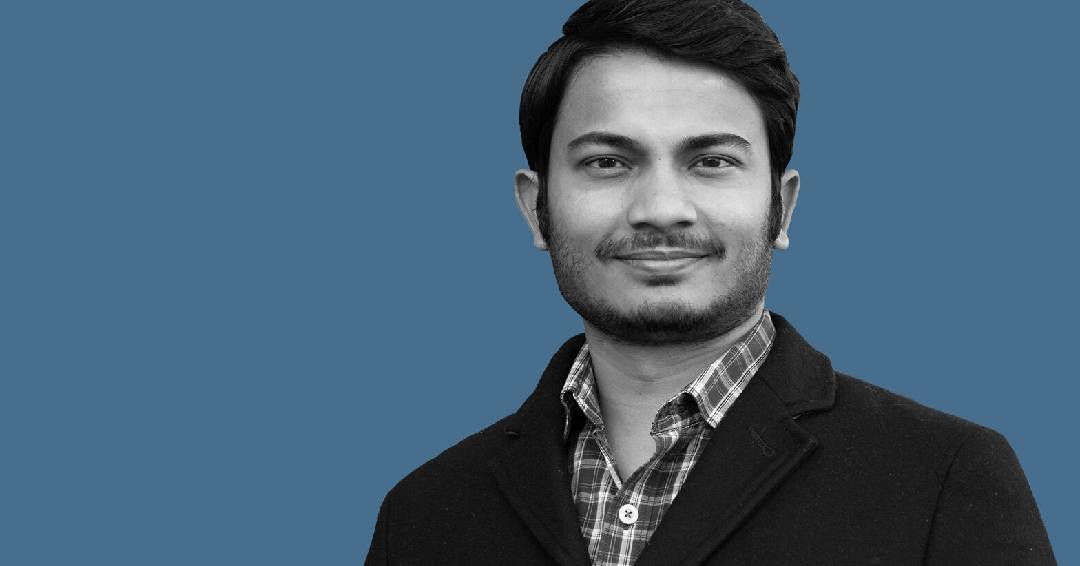
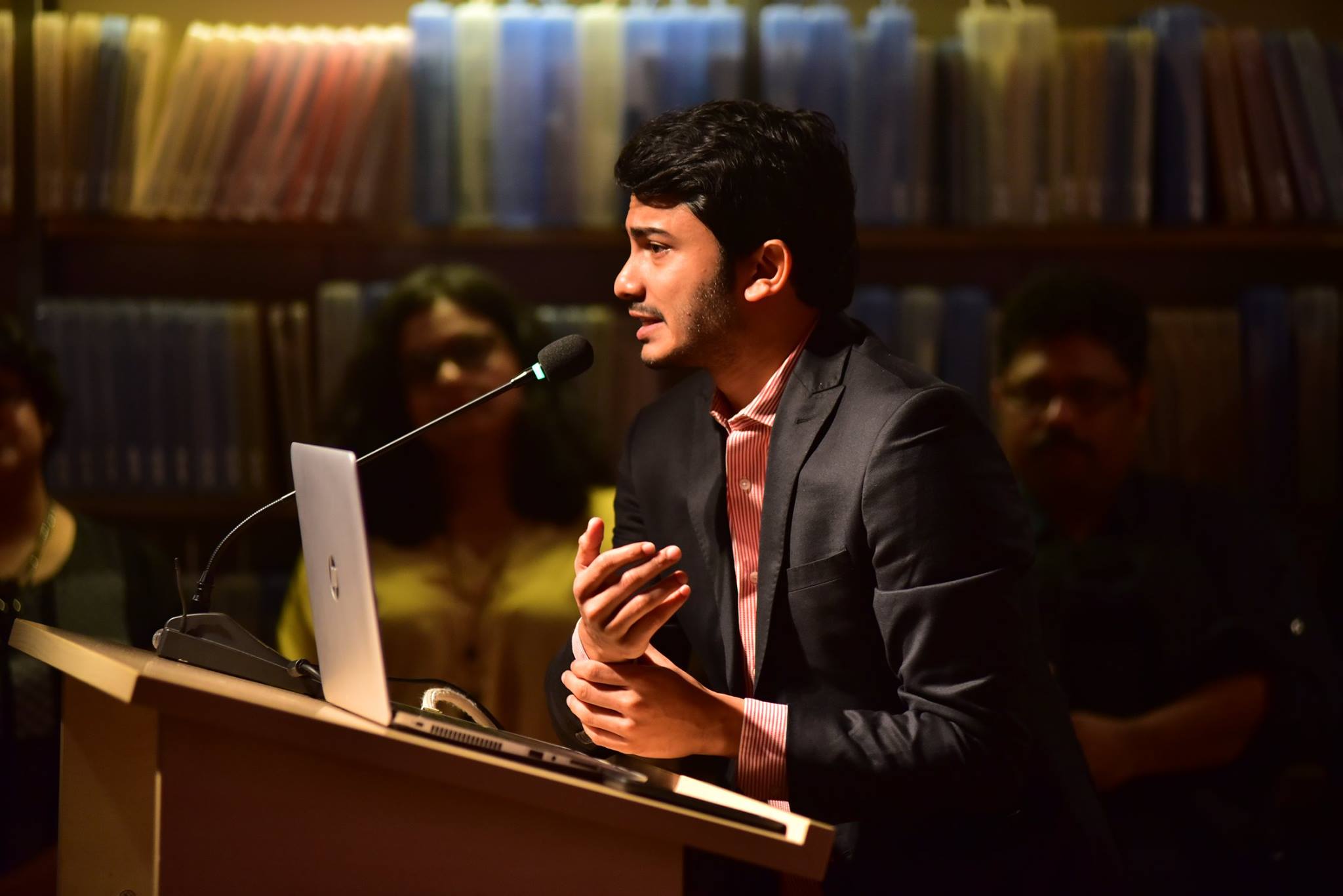 Chinmay Tumbe at a Godrej Talk[/caption]
Chinmay Tumbe at a Godrej Talk[/caption] Chinmay Tumbe's first book[/caption]
Chinmay Tumbe's first book[/caption]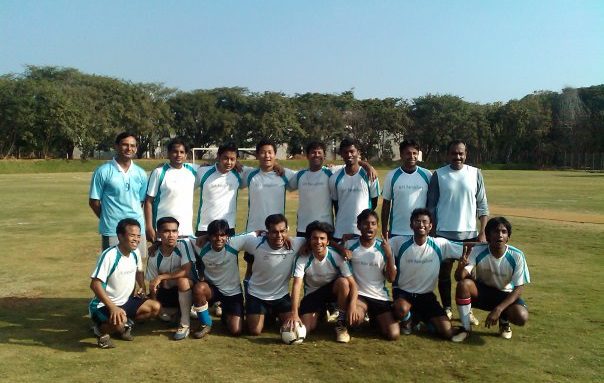 Chinmay Tumbe after a football match[/caption]
Chinmay Tumbe after a football match[/caption]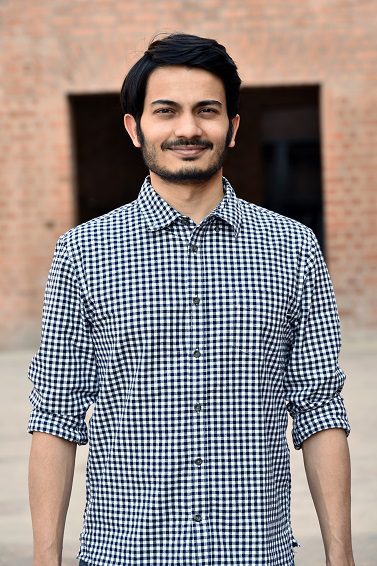 Chinmay Tumbe[/caption]
Chinmay Tumbe[/caption]
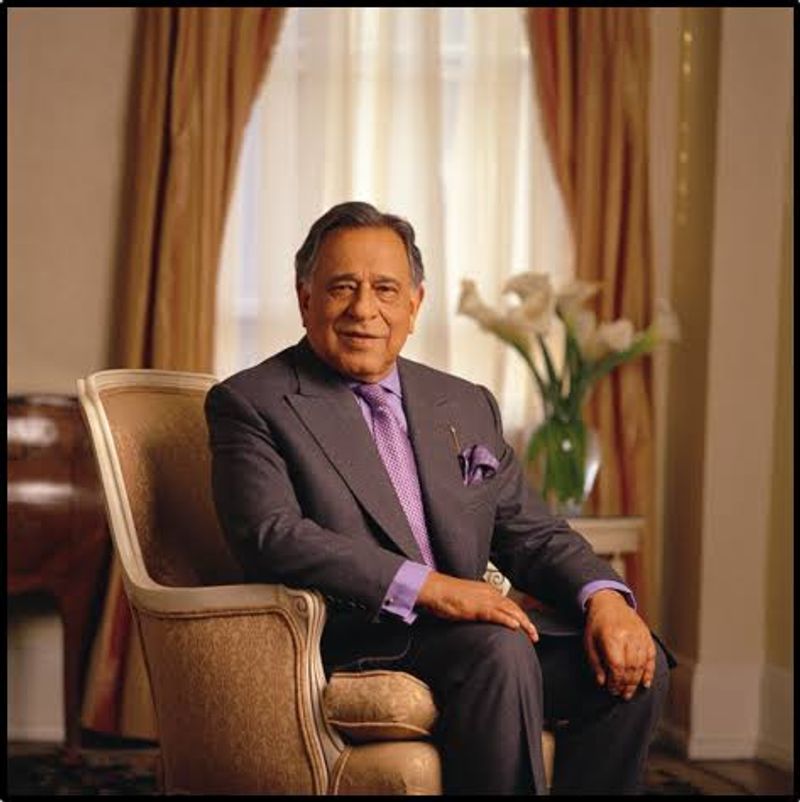 Prithvi Raj Singh 'Biki' Oberoi[/caption]
Prithvi Raj Singh 'Biki' Oberoi[/caption]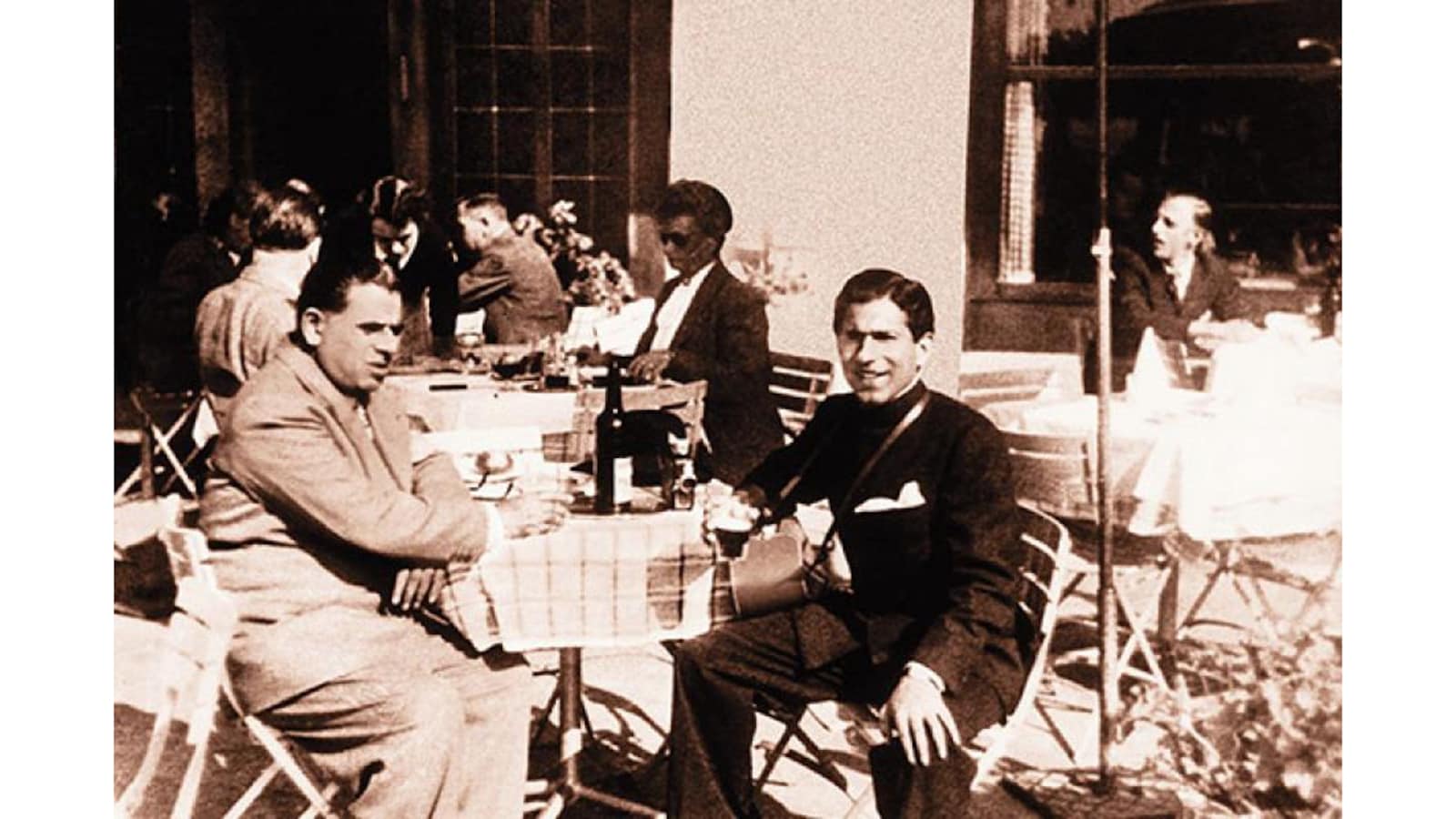 Rai Bahadur Singh Oberoi and his son Prithvi Raj Singh Oberoi[/caption]
Rai Bahadur Singh Oberoi and his son Prithvi Raj Singh Oberoi[/caption]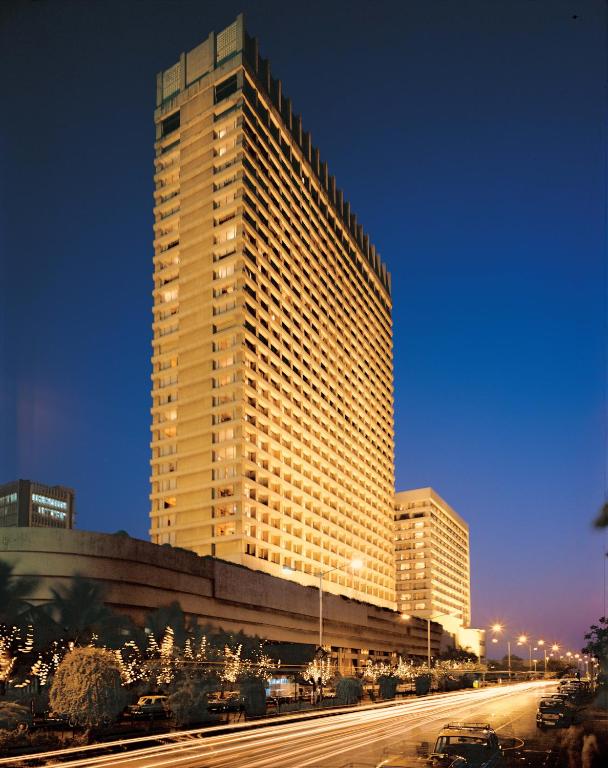 The Oberoi-Trident[/caption]
The Oberoi-Trident[/caption]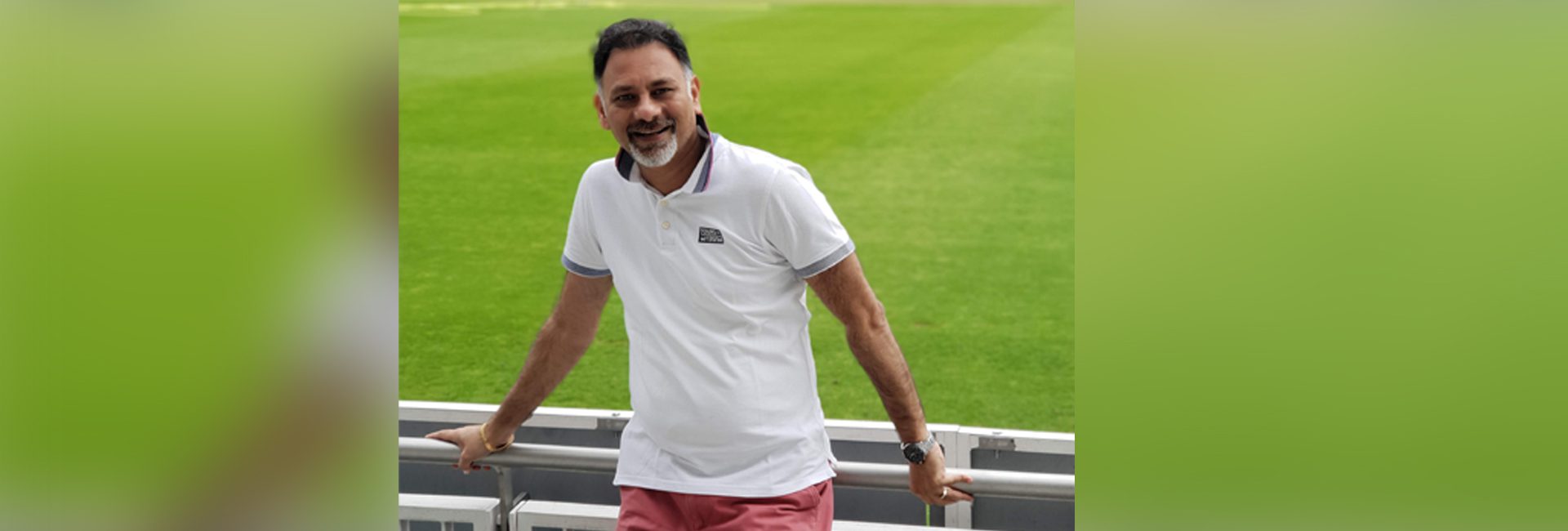
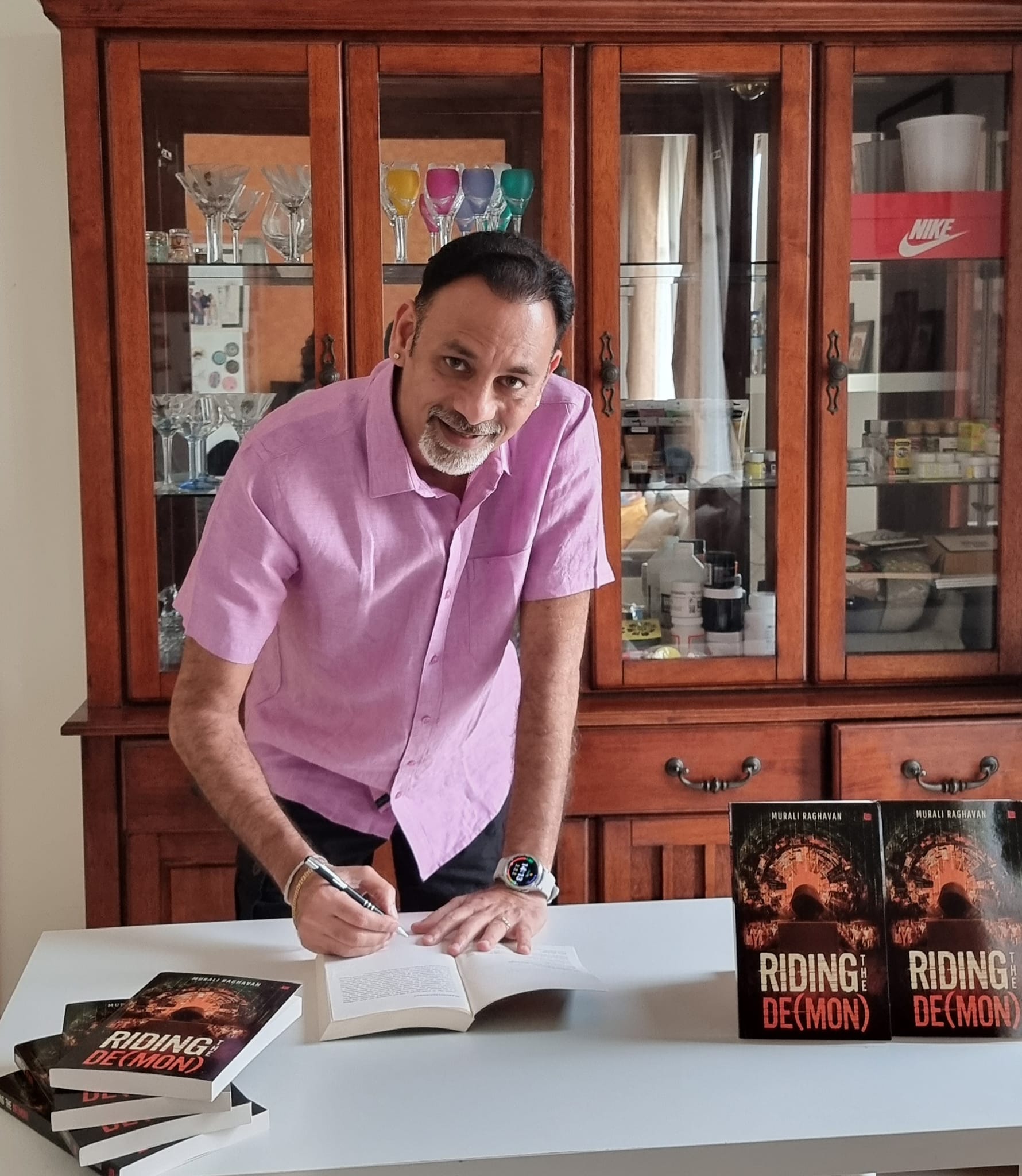 Murali Raghavan, author of Riding the De(Mon)[/caption]
Murali Raghavan, author of Riding the De(Mon)[/caption]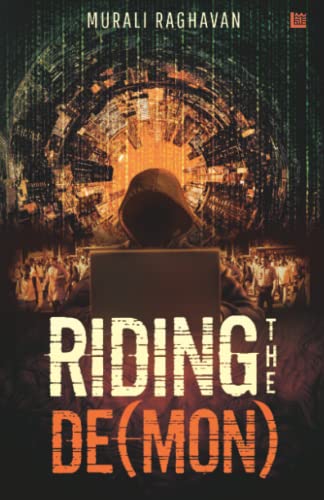
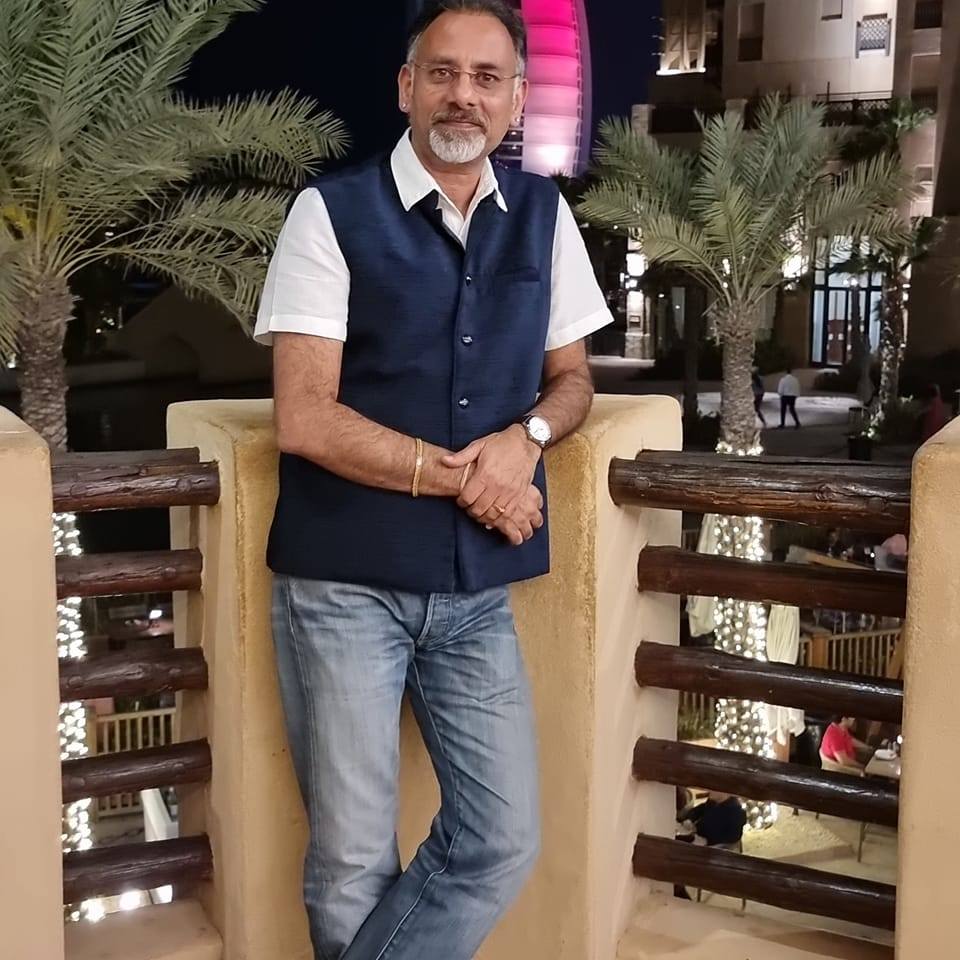
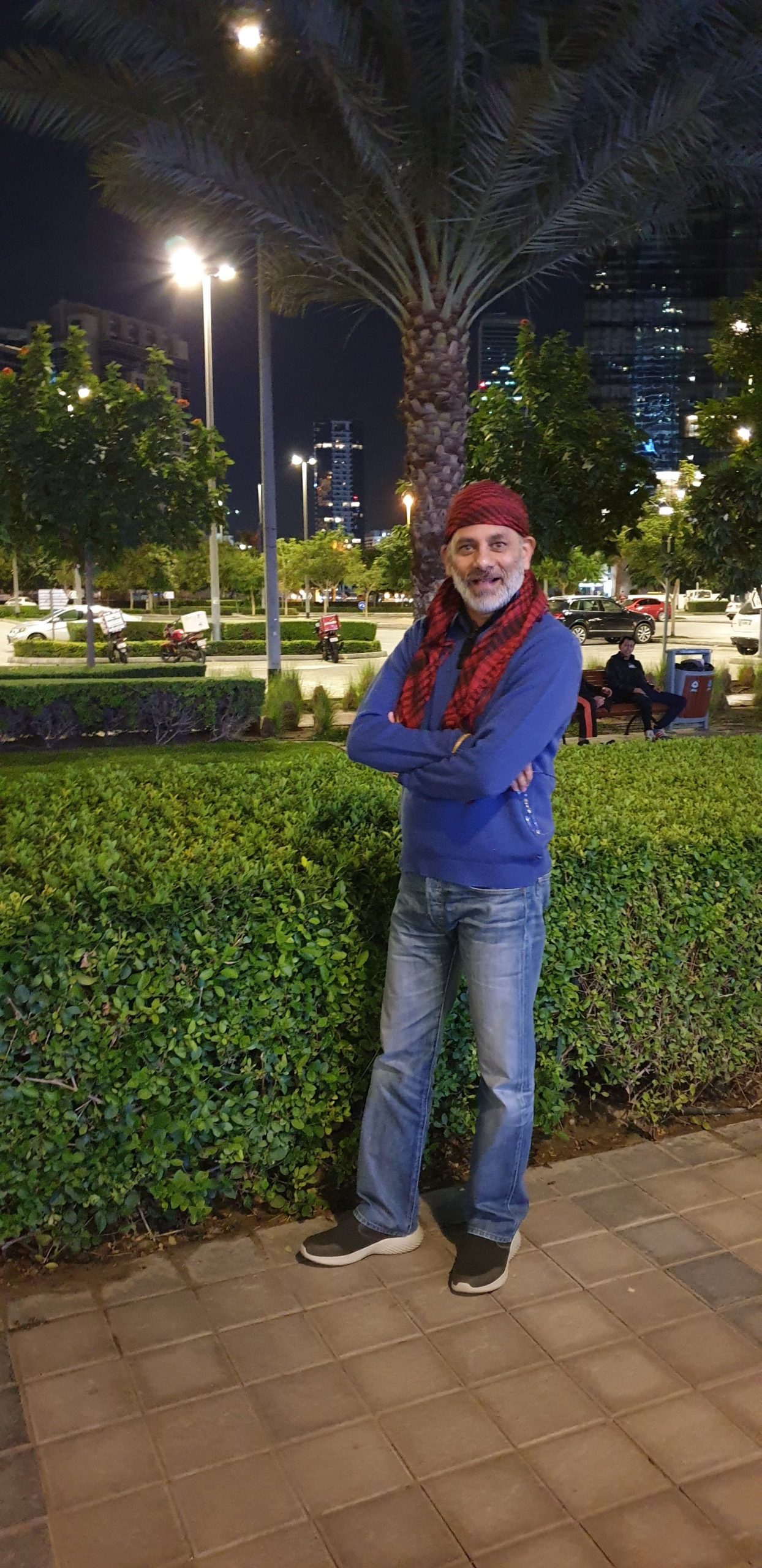
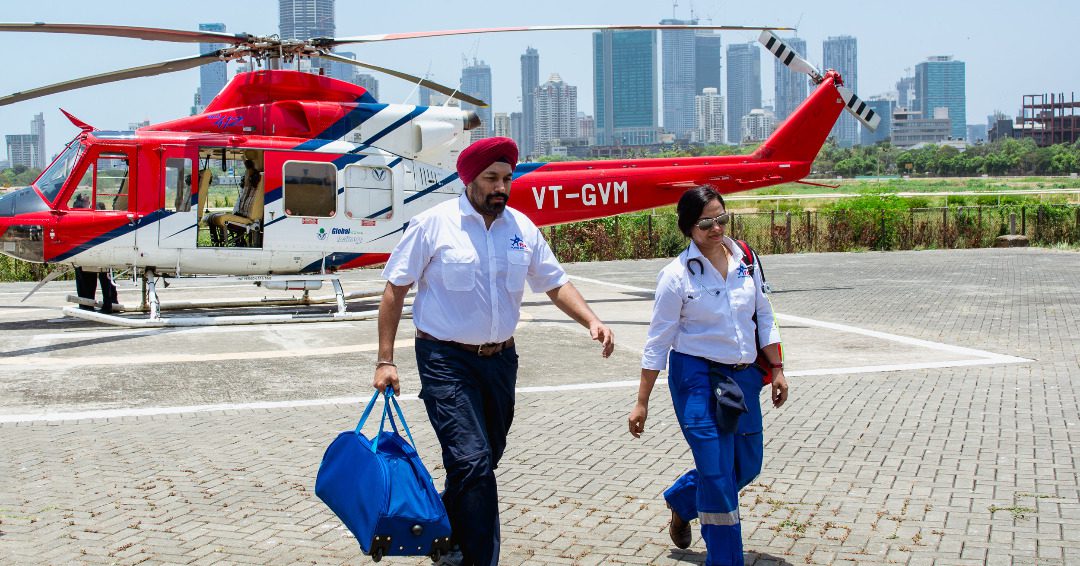
 Dr Rahul Singh and Dr Shalini Nalwad[/caption]
Dr Rahul Singh and Dr Shalini Nalwad[/caption]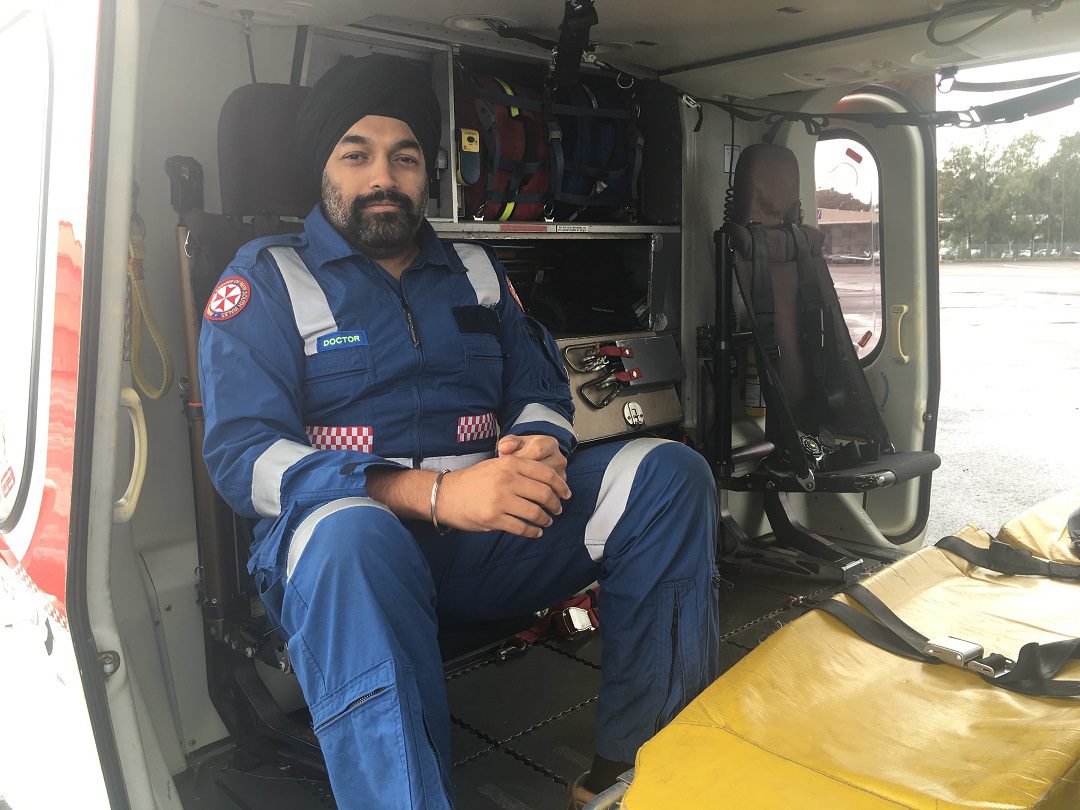 Dr Rahul Singh[/caption]
Dr Rahul Singh[/caption]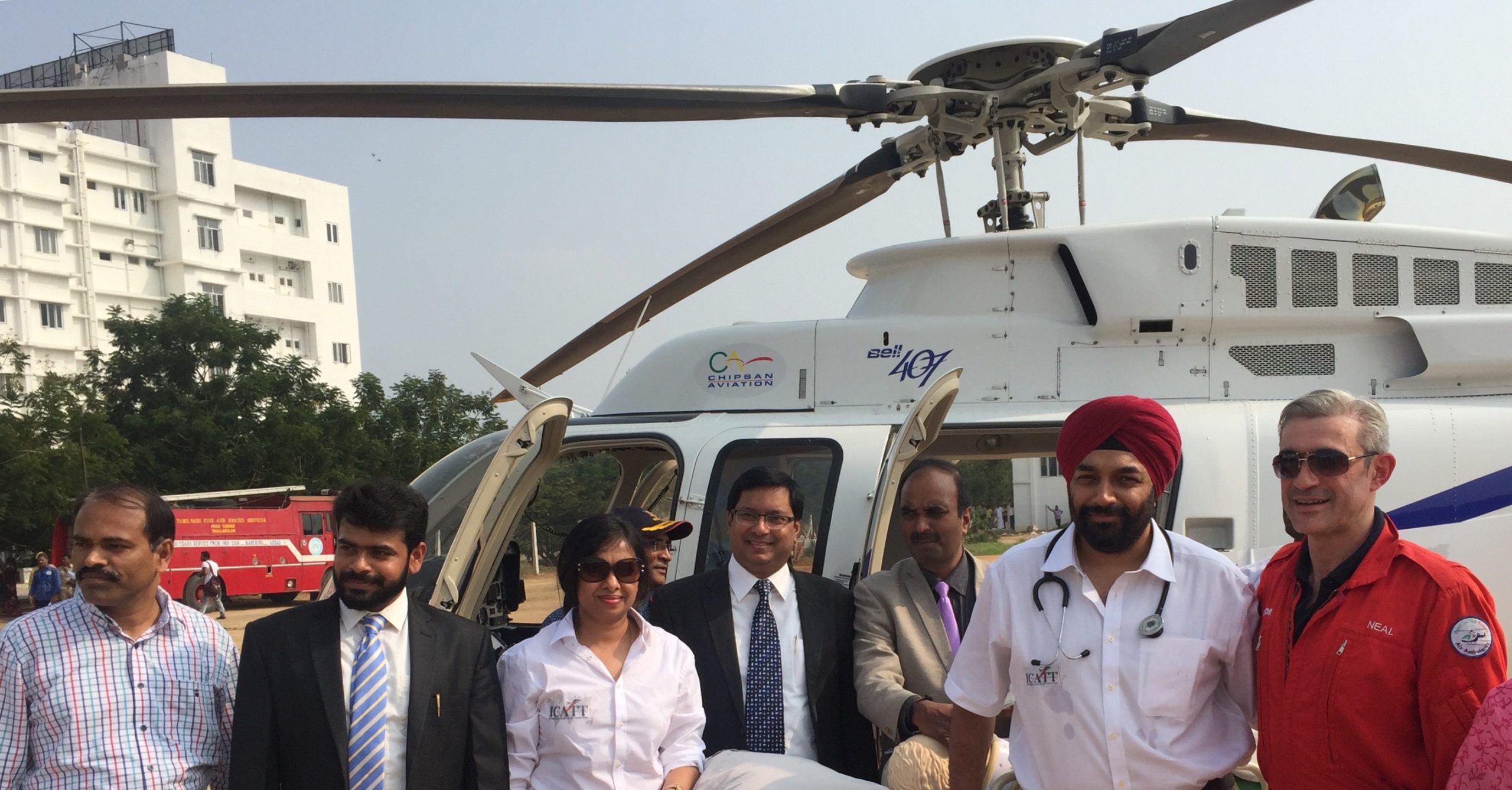 Dr Rahul Singh and Dr Shalini Nalwad with their team.[/caption]
Dr Rahul Singh and Dr Shalini Nalwad with their team.[/caption]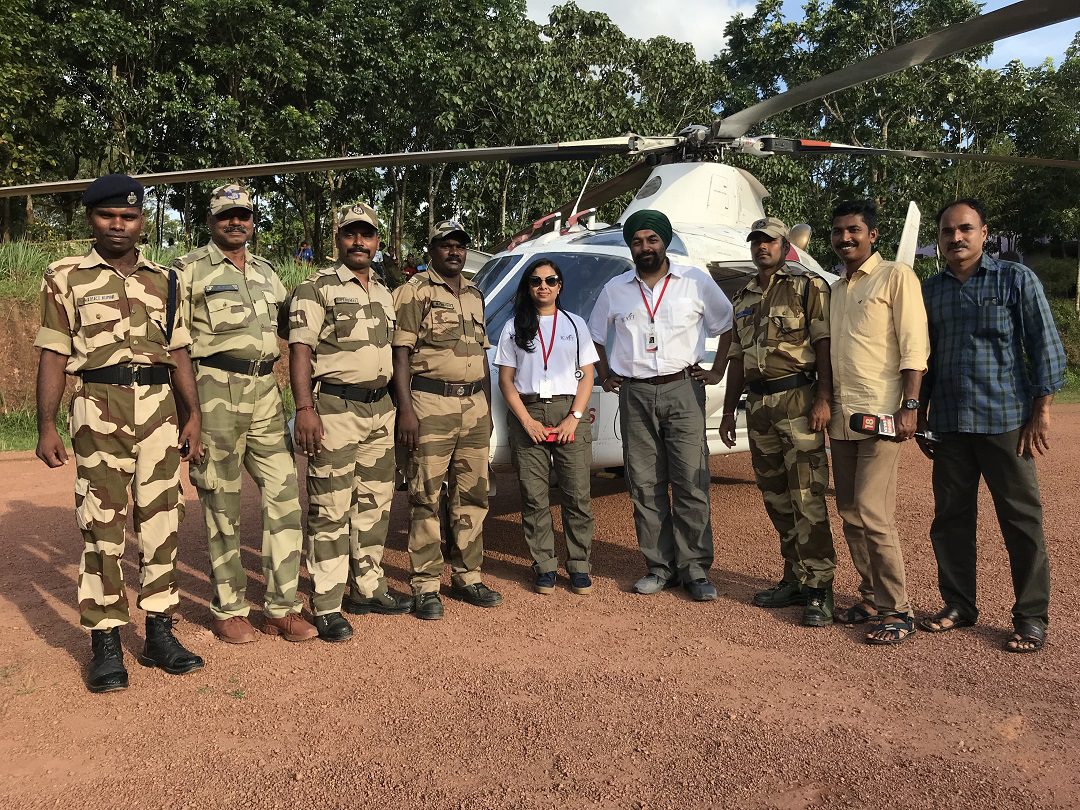 Dr Rahul Singh and Dr Shalini Nalwad[/caption]
Dr Rahul Singh and Dr Shalini Nalwad[/caption]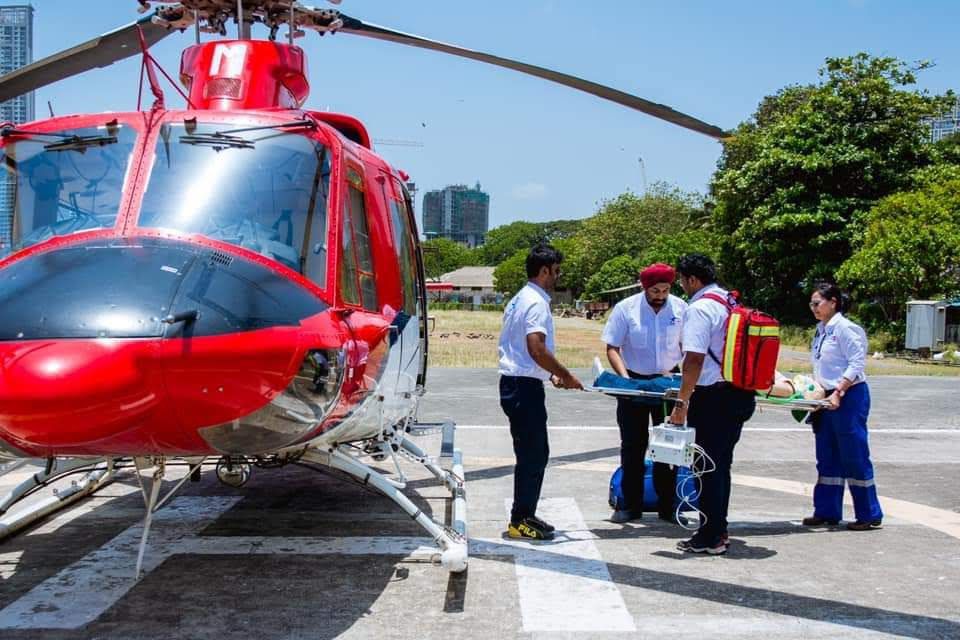 The flying doctors[/caption]
The flying doctors[/caption]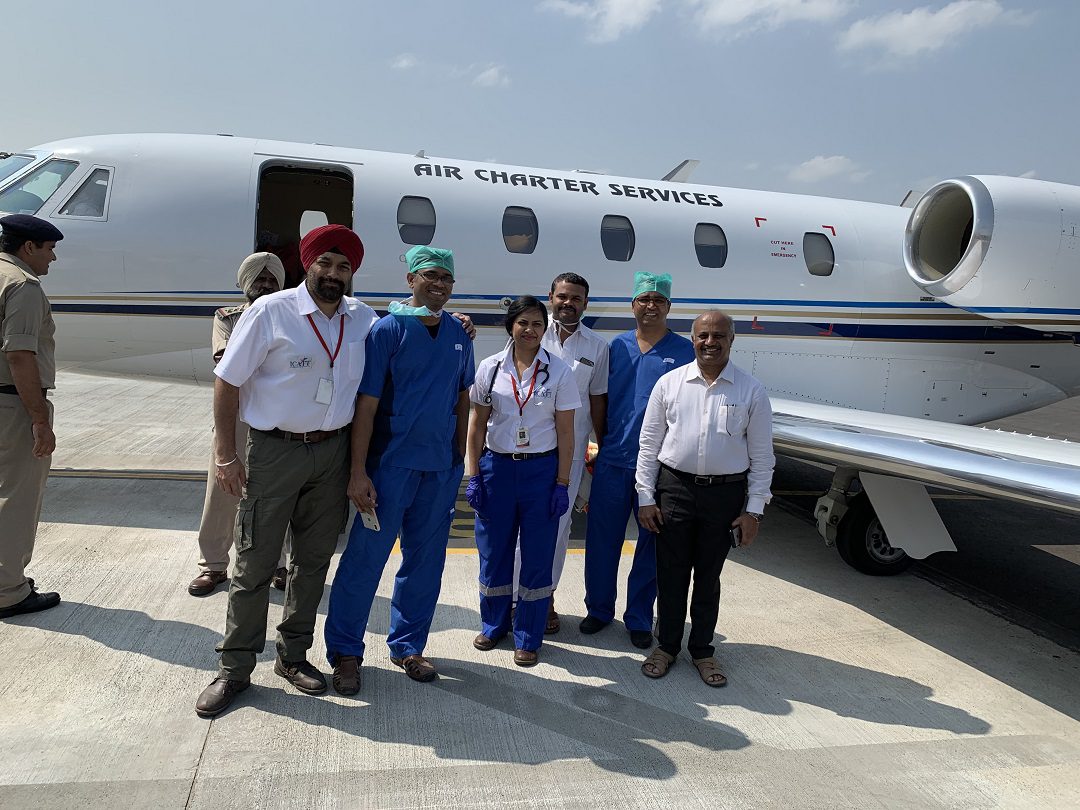 The flying doctors[/caption]
The flying doctors[/caption]